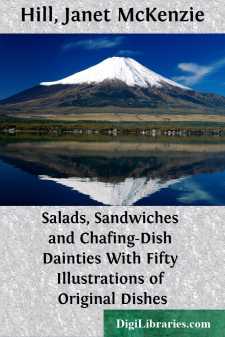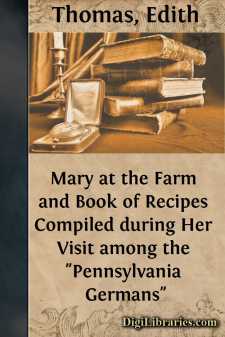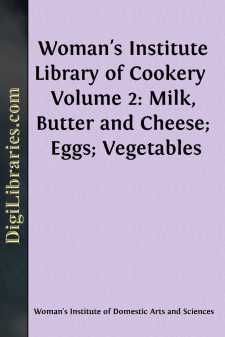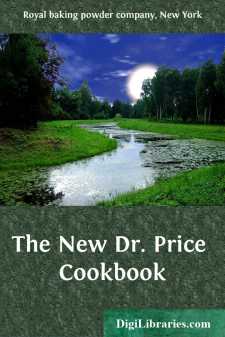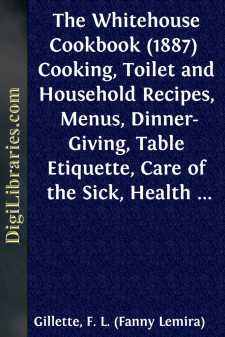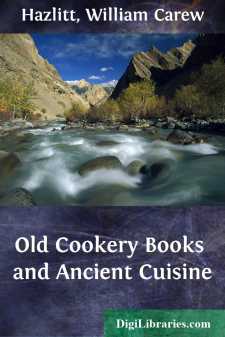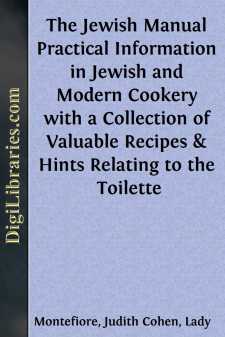Categories
- Antiques & Collectibles 13
- Architecture 36
- Art 48
- Bibles 22
- Biography & Autobiography 813
- Body, Mind & Spirit 142
- Business & Economics 28
- Children's Books 14
- Children's Fiction 11
- Computers 4
- Cooking 94
- Crafts & Hobbies 4
- Drama 346
- Education 46
- Family & Relationships 57
- Fiction 11829
- Games 19
- Gardening 17
- Health & Fitness 34
- History 1377
- House & Home 1
- Humor 147
- Juvenile Fiction 1873
- Juvenile Nonfiction 202
- Language Arts & Disciplines 88
- Law 16
- Literary Collections 686
- Literary Criticism 179
- Mathematics 13
- Medical 41
- Music 40
- Nature 179
- Non-Classifiable 1768
- Performing Arts 7
- Periodicals 1453
- Philosophy 64
- Photography 2
- Poetry 896
- Political Science 203
- Psychology 42
- Reference 154
- Religion 513
- Science 126
- Self-Help 84
- Social Science 81
- Sports & Recreation 34
- Study Aids 3
- Technology & Engineering 59
- Transportation 23
- Travel 463
- True Crime 29
The Complete Book of Cheese
Categories:
Description:
Excerpt
I Remember Cheese
Cheese market day in a town in the north of Holland. All the cheese-fanciers are out, thumping the cannon-ball Edams and the millstone Goudas with their bare red knuckles, plugging in with a hollow steel tool for samples. In Holland the business of judging a crumb of cheese has been taken with great seriousness for centuries. The abracadabra is comparable to that of the wine-taster or tea-taster. These Edamers have the trained ear of music-masters and, merely by knuckle-rapping, can tell down to an air pocket left by a gas bubble just how mature the interior is.
The connoisseurs use gingerbread as a mouth-freshener; and I, too, that sunny day among the Edams, kept my gingerbread handy and made my way from one fine cheese to another, trying out generous plugs from the heaped cannon balls that looked like the ammunition dump at Antietam.
I remember another market day, this time in Lucerne. All morning I stocked up on good Schweizerkäse and better Gruyère. For lunch I had cheese salad. All around me the farmers were rolling two-hundred-pound Emmentalers, bigger than oxcart wheels. I sat in a little café, absorbing cheese and cheese lore in equal quantities. I learned that a prize cheese must be chock-full of equal-sized eyes, the gas holes produced during fermentation. They must glisten like polished bar glass. The cheese itself must be of a light, lemonish yellow. Its flavor must be nutlike. (Nuts and Swiss cheese complement each other as subtly as Gorgonzola and a ripe banana.) There are, I learned, "blind" Swiss cheeses as well, but the million-eyed ones are better.
But I don't have to hark back to Switzerland and Holland for cheese memories. Here at home we have increasingly taken over the cheeses of all nations, first importing them, then imitating them, from Swiss Engadine to what we call Genuine Sprinz. We've naturalized Scandinavian Blues and smoked browns and baptized our own Saaland Pfarr in native whiskey. Of fifty popular Italian types we duplicate more than half, some fairly well, others badly.
We have our own legitimate offspring too, beginning with the Pineapple, supposed to have been first made about 1845 in Litchfield County, Connecticut. We have our own creamy Neufchâtel, New York Coon, Vermont Sage, the delicious Liederkranz, California Jack, Nuworld, and dozens of others, not all quite so original.
And, true to the American way, we've organized cheese-eating. There's an annual cheese week, and a cheese month (October). We even boast a mail-order Cheese-of-the-Month Club. We haven't yet reached the point of sophistication, however, attained by a Paris cheese club that meets regularly. To qualify for membership you have to identify two hundred basic cheeses, and you have to do it blindfolded.
This is a test I'd prefer not to submit to, but in my amateur way I have during the past year or two been sharpening my cheese perception with whatever varieties I could encounter around New York. I've run into briny Caucasian Cossack, Corsican Gricotta, and exotics like Rarush Durmar, Travnik, and Karaghi La-la....



